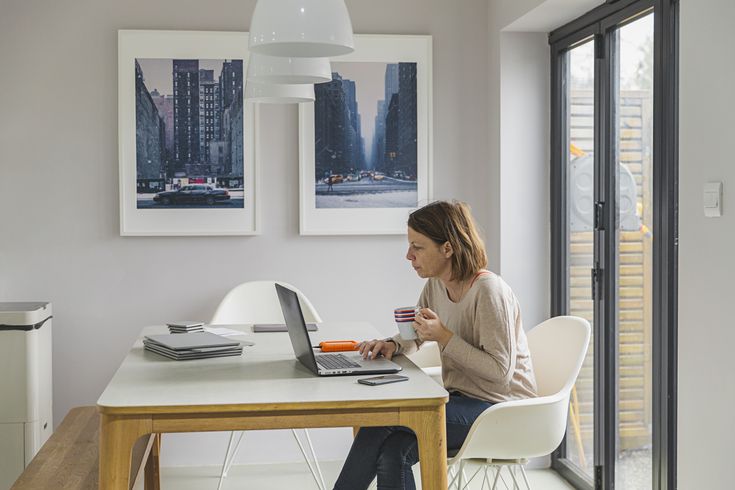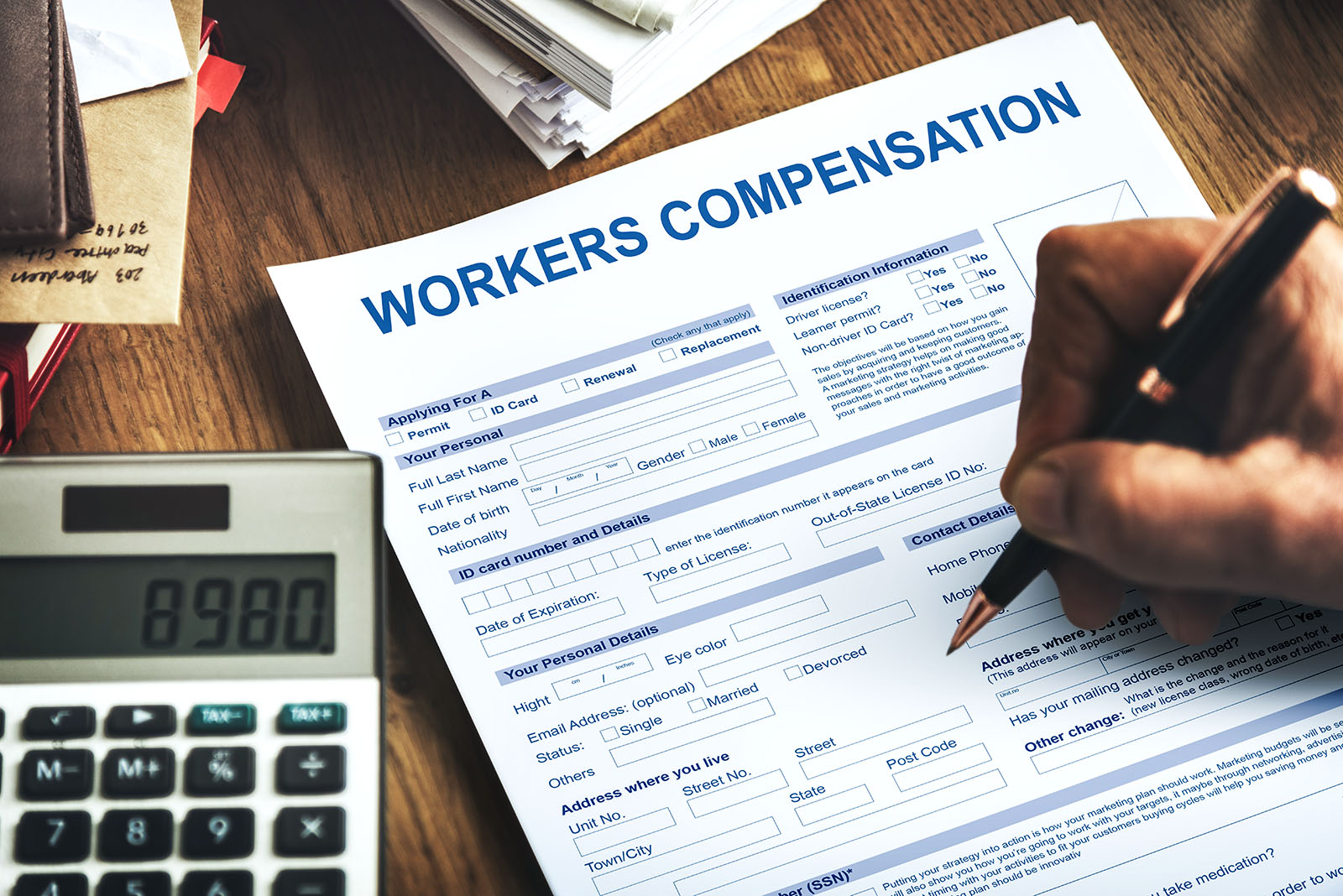Setting up a Freelance Office requires several things. You will need to decide what you are going to charge per hour, how much you want to make per project, and how to balance work and personal life. You can also read about the profile pages of freelance office managers to find out if they are the right fit for you. However, before you make the decision to hire a freelance office manager, you should consider the following tips.
Cost of a freelance office
The cost of a freelance office varies, depending on the work you do and your desired level of technology. A writer may need a basic laptop to do her work, while a photographer or programmer may require a more expensive model with multiple screens. Depending on your needs, you may need to spend between $500 and $1,200 on a decent desktop or laptop. Alternatively, you can opt for a coworking space where all the furniture and equipment are already provided.
While a full-time employee is covered by his employer’s business expenses, a freelancer must pay for all the running costs of a business, and this can be expensive. If you’re setting your own rates, you need to consider the cost of utilities, website hosting, software subscriptions, office equipment, business insurance, professional membership fees, taxes and other expenses. It’s always better to charge more than the industry average, but remember to charge what you’re worth as a professional.
Hourly rate
When deciding whether to charge by the hour or by the project, be sure to consider how much you are willing to spend on the work. You’ll have fewer limits when working for other people, as you will need time to sleep and eat. It’s also important to remember that everyone needs down time. While charging by the hour can be tempting, it’s not always the best choice. A flat rate might be better for some types of projects.
Before setting your hourly rate for a freelance office, calculate all expenses. Your expenses include internet fees, software costs, rent, utilities, taxes, insurance, and software. Then, divide this number by the number of hours you work and multiply by two or three. This is a good starting point for a freelancer who’s just breaking into the industry. If your hourly rate is lower than the minimum rate, consider a full-time gig, based on your experience and knowledge.
Income target
A good way to gauge the success of your freelance business is to set a monthly income target. It is important to note your personal expenses, so that you can set aside an appropriate percentage of income for these expenses. This includes personal spending such as Netflix subscriptions, shopping, and travel. As a general rule of thumb, aim to save at least 20% of your monthly income. You may need to invest in software or training if your target is higher.
Work-life balance
If you work from home, work-life balance is even more important. Not only does it mean attending to personal needs, but it also means making time for your family and hobbies. It also means recalibration, so make sure to take regular breaks from work. Make sure to take active breaks, too. And make sure you take time to recharge your batteries with a vacation or two. Keeping yourself busy with work will not help your mental health.
The concept of work-life balance is becoming increasingly important, especially because more people are suffering from a lack of time for their personal life. While once career was the top priority, today’s working people prioritize living a happy and fulfilling life outside of work. For freelancers, work-life balance is the key to personal fulfillment and a more efficient life. So what exactly is work-life balance?



